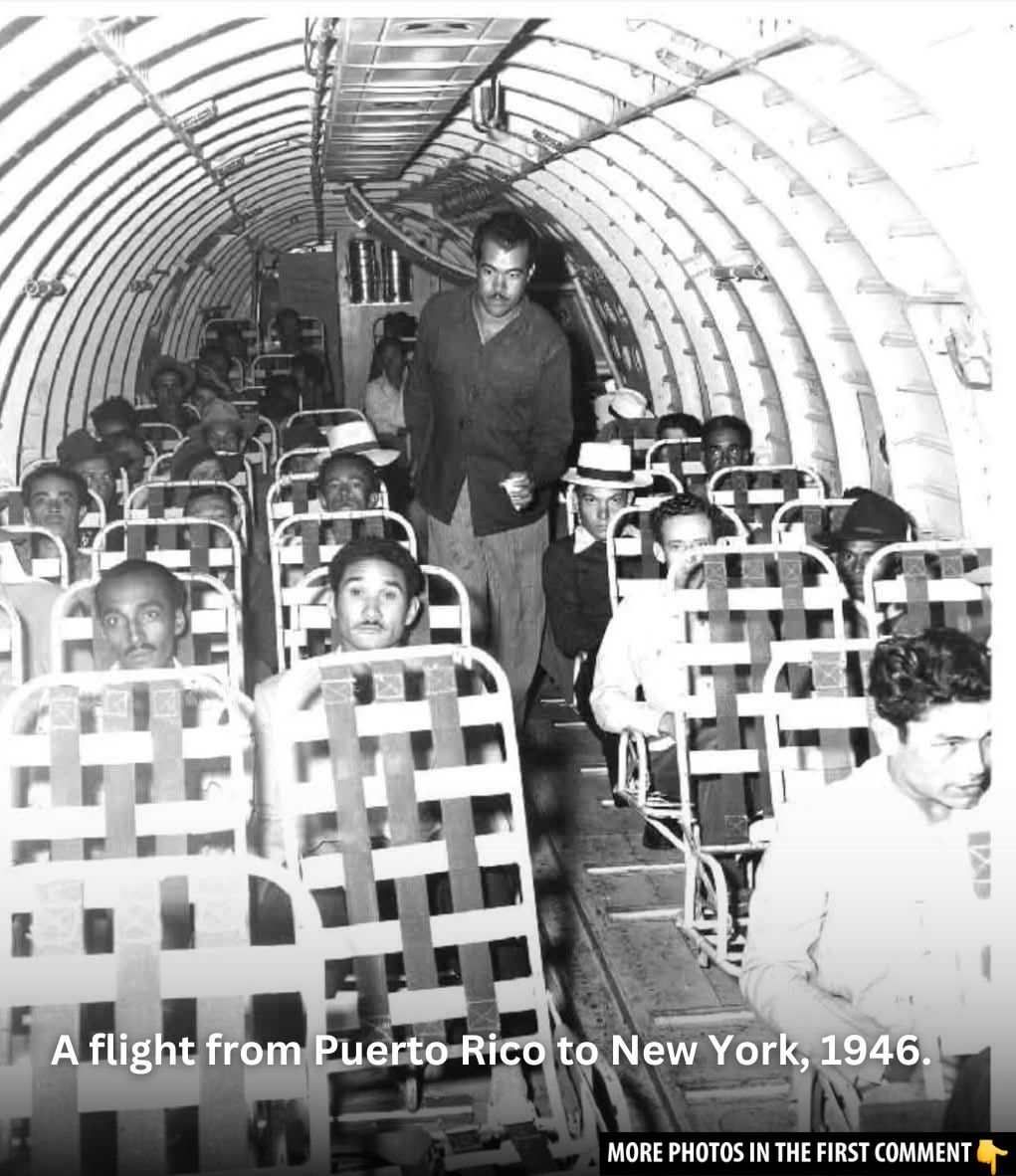Air travel has come a long way since its humble beginnings in the early 20th century. From uncomfortable open-cockpit flights to sleek, jet-powered aircraft, air travel underwent a transformation that would forever change the way we move around the world. The period from the 1930s to the 1950s, often referred to as the “golden age of air travel,” was an era of significant innovation, luxury, and style. The vintage photos from this time capture a fascinating glimpse of what it was like to fly during the early years of commercial aviation. Let’s take a journey back in time through these iconic images and explore the evolution of air travel from the 1930s to the 1950s.
The Early Years of Flight: The Beginnings of Commercial Aviation
Commercial aviation truly began to take off in the 1920s and 1930s, though the experience of flying was far from what we know today. The planes of this era were often basic, open-cockpit aircraft, where passengers and pilots alike were exposed to the elements. The lack of pressurized cabins meant flights took place at lower altitudes, making them uncomfortable and often turbulent. Airplanes were typically slow, noisy, and cramped, with passengers often sitting in uncomfortable, hard seats.
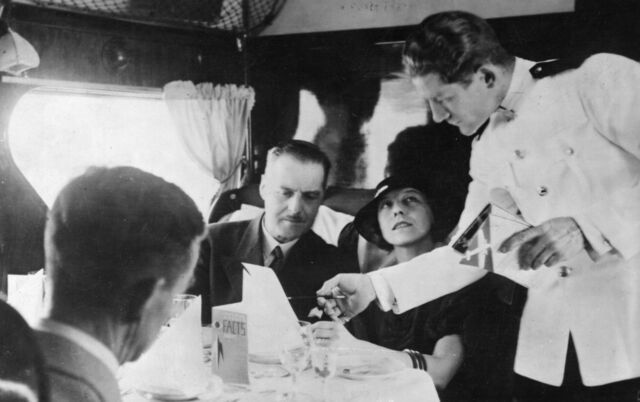
The early commercial airliners were often made of wood and fabric, and flights were seen as a luxury adventure, only available to the wealthy. In these early days, aviation was still developing, with the aviation industry still learning the ropes of long-distance flights and passenger comfort. Commercial air travel was seen more as a novelty than a regular mode of transportation.
Video
Watch this video to experience what it was like during the Golden Age of flying!
Technological Advancements: The Rise of Modern Airplanes
As the 1930s progressed, so too did aircraft technology. Airplanes became sleeker and more efficient, with larger, more powerful engines and more comfortable cabins. One of the key developments during this period was the introduction of the metal-bodied monoplane, which replaced earlier wooden biplanes. Aircraft like the Douglas DC-3, which debuted in 1936, became the backbone of commercial airlines. It offered greater comfort and efficiency than its predecessors, with a smooth ride, a more spacious interior, and the ability to fly longer distances.
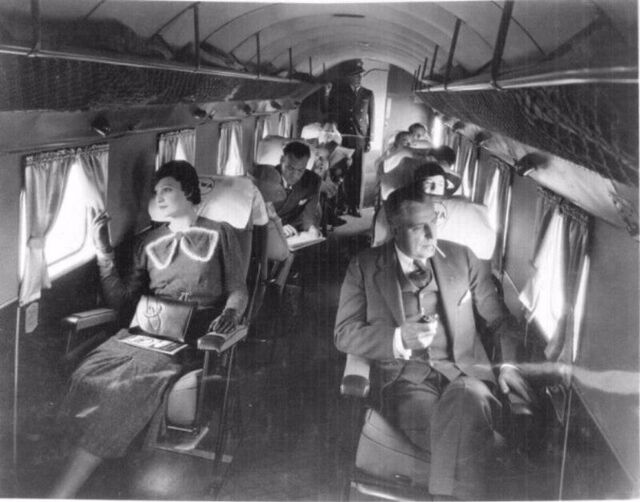
Another significant advancement was the introduction of flying boats—large aircraft designed to land on water. These aircraft, such as the British Short Empire and the German Dornier Do X, allowed for long-distance international flights over oceans and other bodies of water where airports were scarce. They were a luxurious mode of travel, offering ample space and fine dining, and were often used on routes that connected Europe to the United States and other destinations.
The Golden Age of Air Travel: Elegance and Luxury in the Skies
The 1930s to the 1950s were the golden years for luxury air travel, as airlines sought to offer the best possible experience to their passengers. These decades saw the rise of opulent in-flight amenities, including gourmet meals, fine wines, and attentive service. Photographs from the era show elegant dining setups aboard planes, with waiters dressed in crisp uniforms serving drinks and meals to passengers in plush seats.
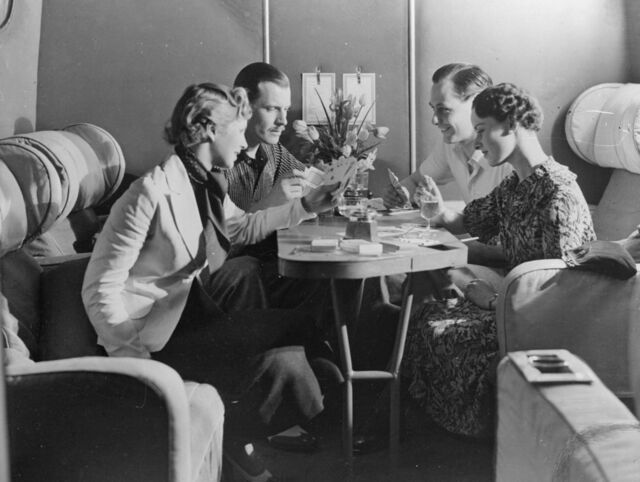
One of the most iconic images of the golden age of air travel is the photo of passengers relaxing and playing cards during their flight, embodying the leisurely and luxurious experience that air travel was known for at the time. Airlines like Imperial Airways, Pan Am, and Transcontinental & Western Air (TWA) were at the forefront of offering these lavish services, with passengers enjoying comfort and class that was unimaginable in the years to come.
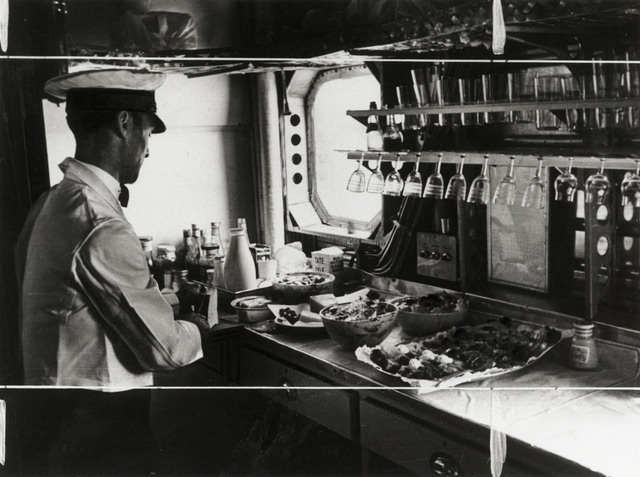

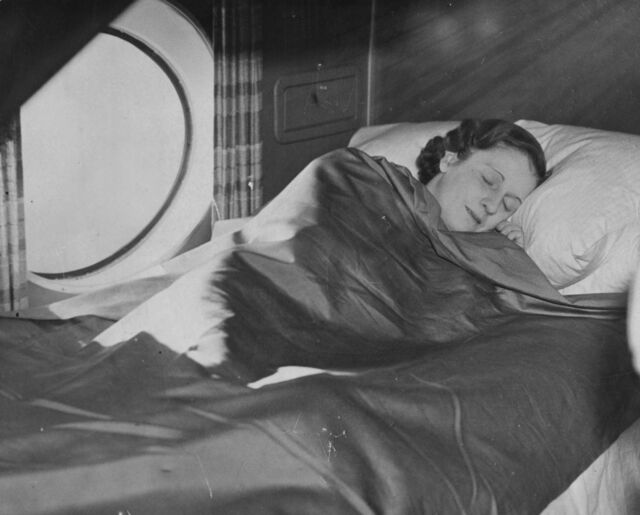
Passengers aboard these early flights were treated as VIPs, and the cabins were designed to reflect that. From cozy sleeping berths to stylish lounges, flying during the golden age was more akin to a luxury cruise than a simple means of transportation.
The Rise of the Commercial Jet and the Birth of the Jet Age
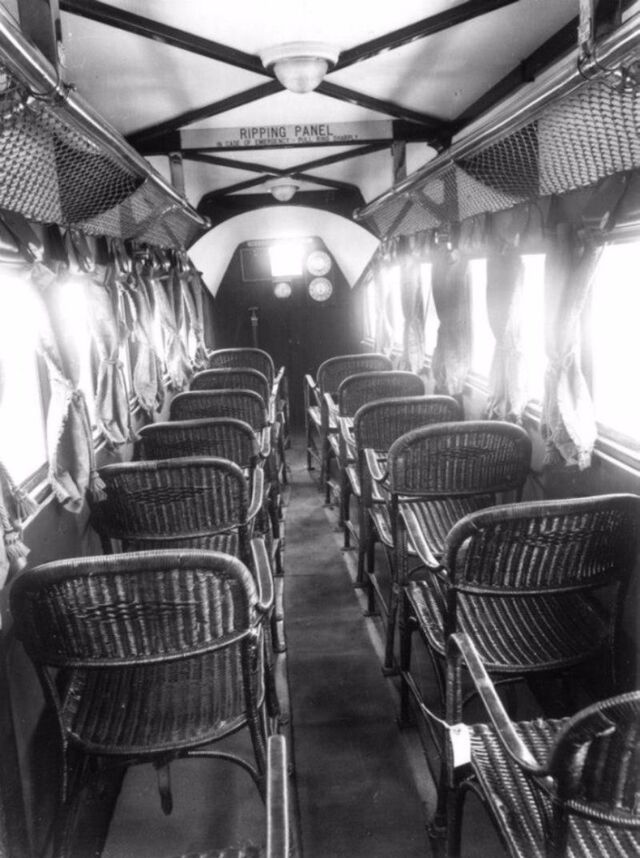
The 1950s marked a major turning point for air travel with the introduction of the first commercial jetliners. The British de Havilland Comet, introduced in 1952, was the first jet airliner to fly commercially, though it encountered technical difficulties, including issues with its fuselage leading to crashes. Despite these setbacks, the Comet paved the way for future jetliners. It was the Boeing 707, introduced in 1958, that would truly revolutionize commercial aviation, offering faster, longer flights with more capacity.
The introduction of jets brought about the Jet Age, which dramatically transformed the air travel experience. With jets, flying became faster and more efficient. The interiors of these new aircraft were more spacious, and airlines began offering improved services. The comfort and convenience of flying on a commercial jet would shape the future of air travel and lead to the mass adoption of aviation by the general public.
A New Era of Air Travel: A Look at the Future of Aviation

As we move through the second half of the 20th century, air travel continued to evolve, with technological advancements and innovations making flying more accessible and efficient. By the 1960s and beyond, commercial aviation would see a dramatic increase in passenger numbers, as people began to take to the skies for both business and leisure. What had once been a luxury experience became more commonplace, but the elegance and sophistication of the 1930s to 1950s era still stand as the gold standard for air travel’s earliest golden age.
Gallery: Stunning Vintage Photos of Air Travel Between the 1930s and 1950s
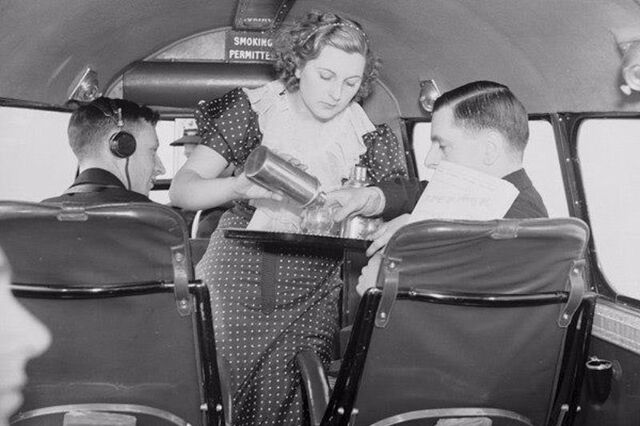
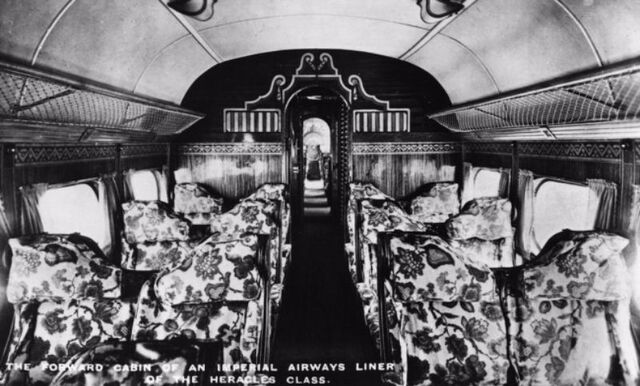
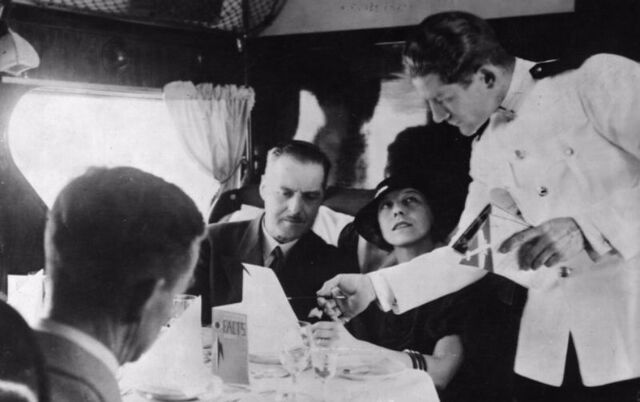
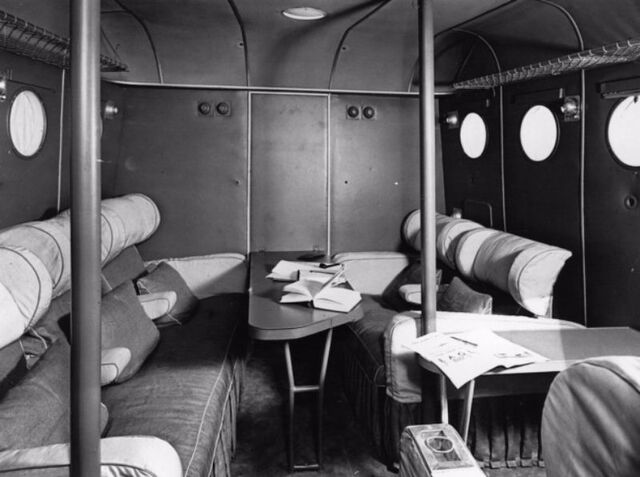
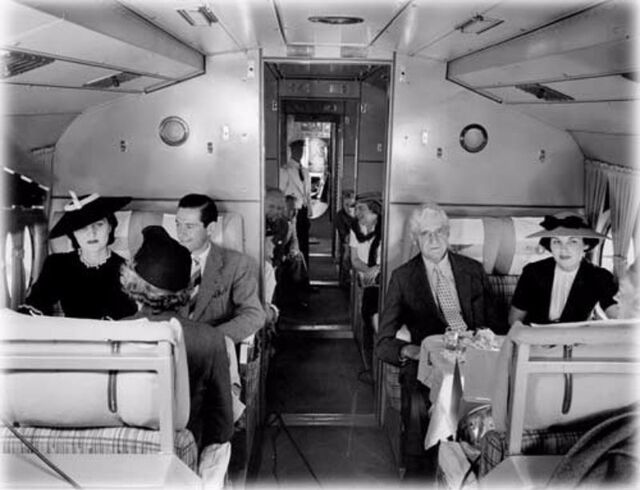
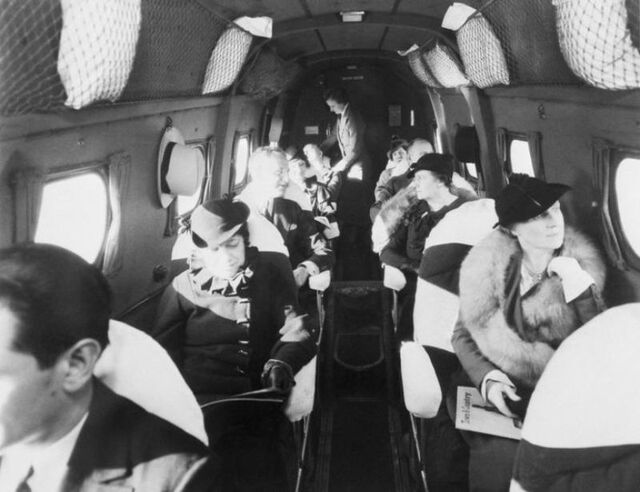
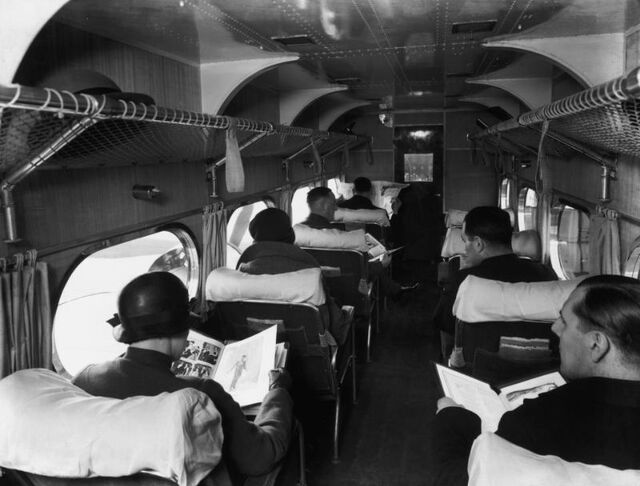
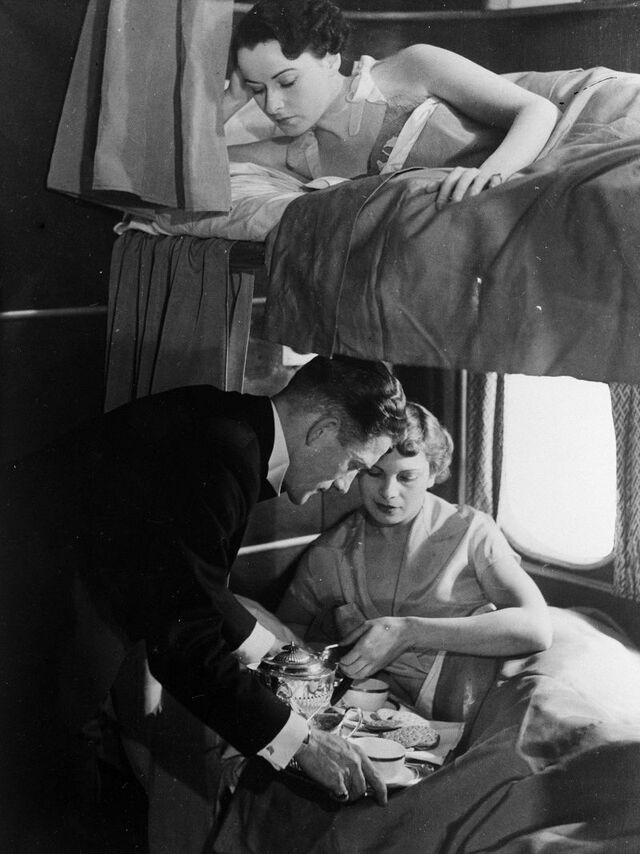
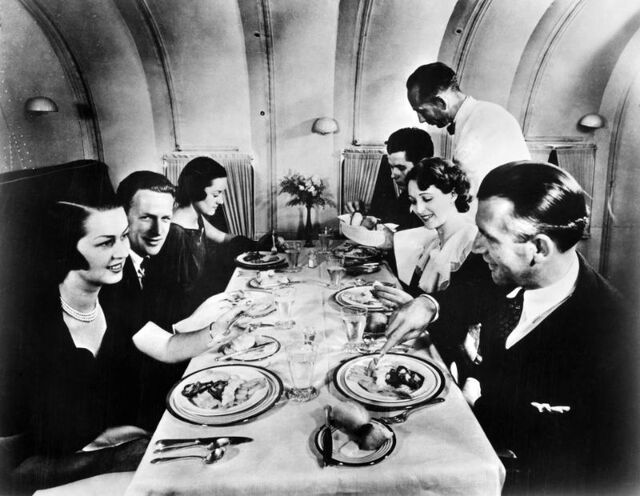
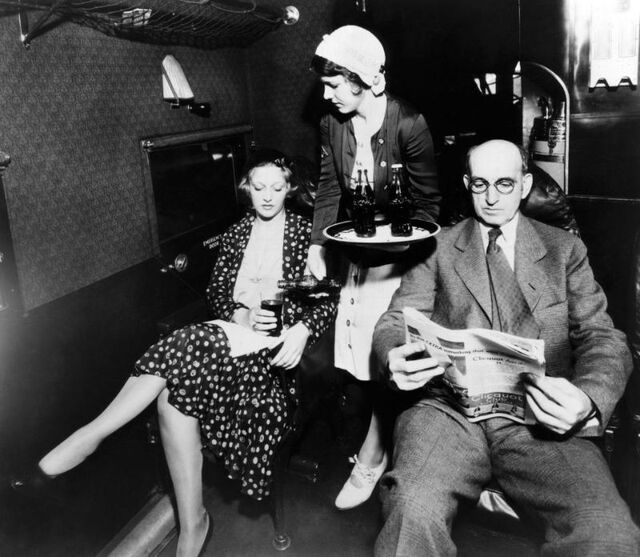
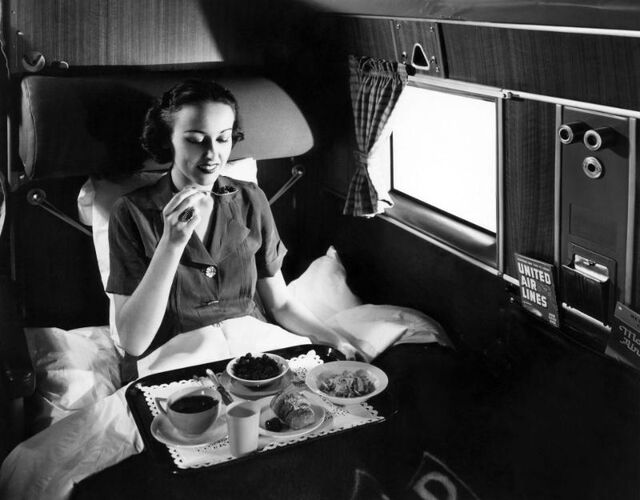
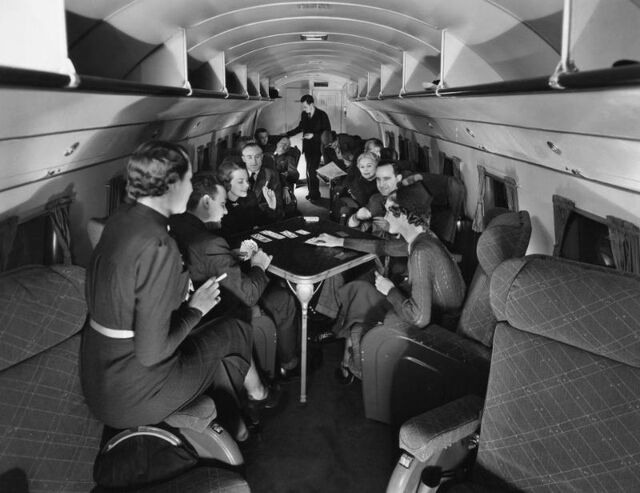
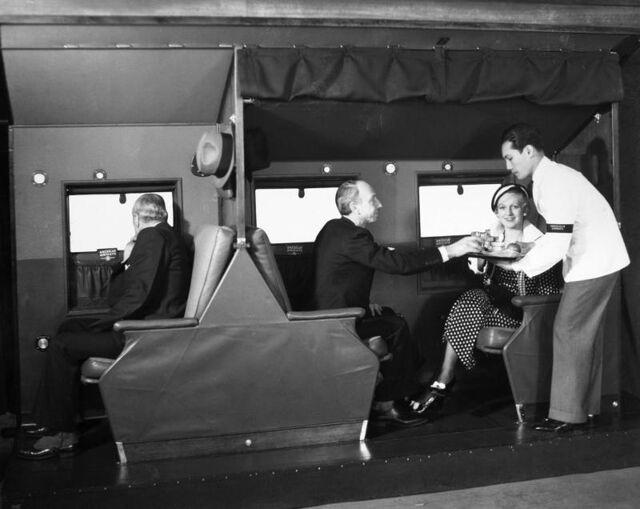
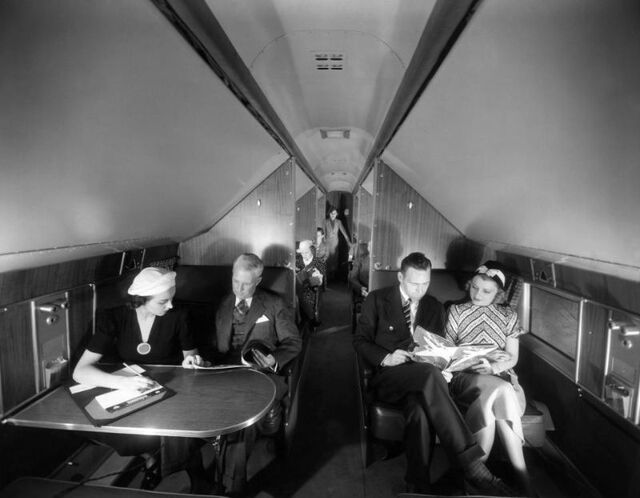
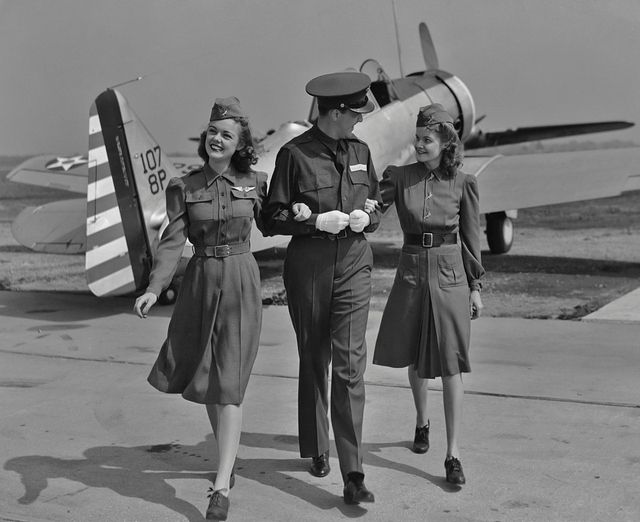

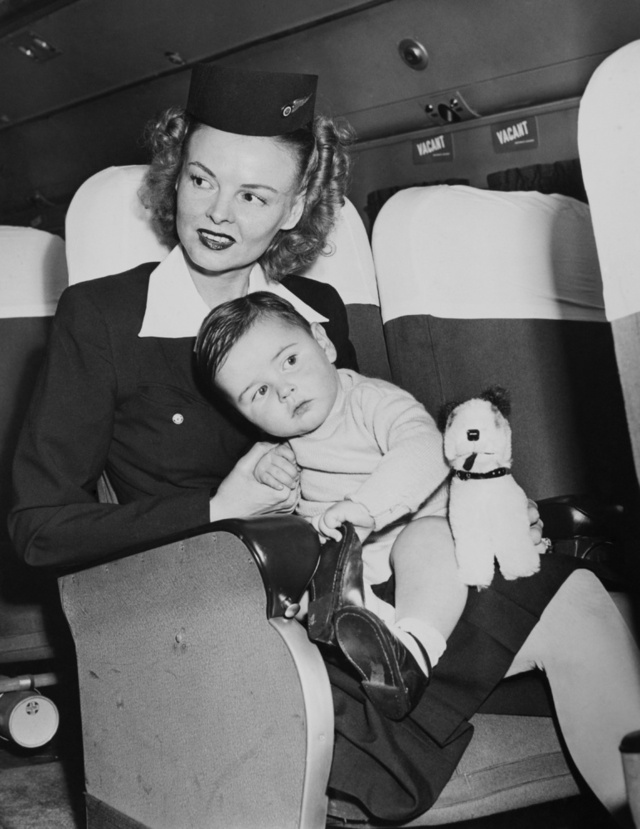
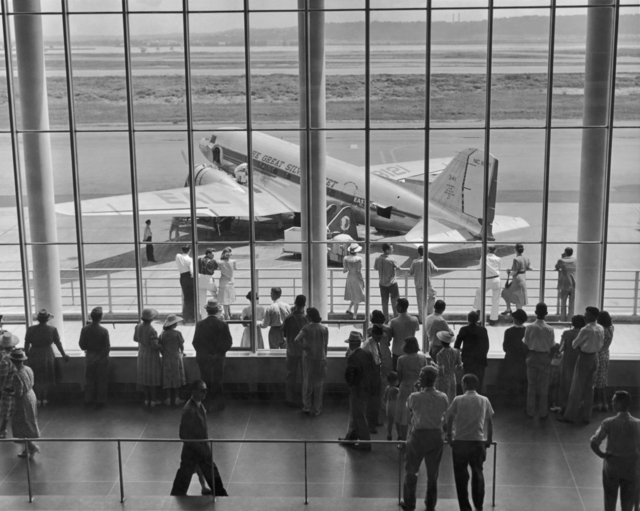
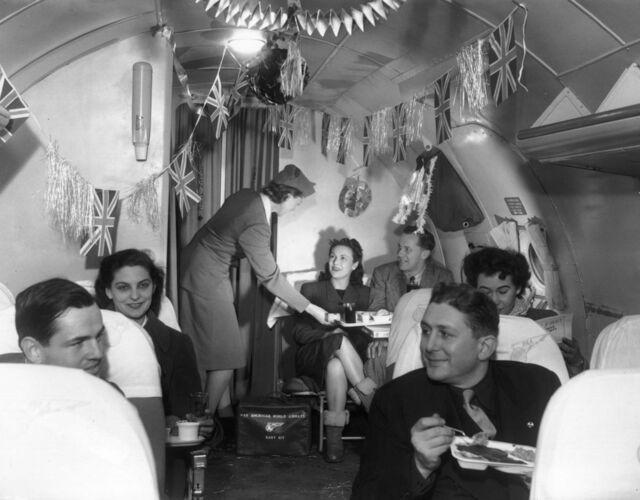
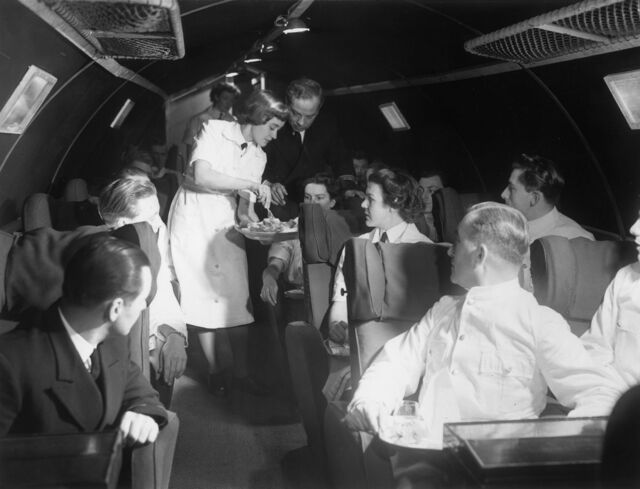
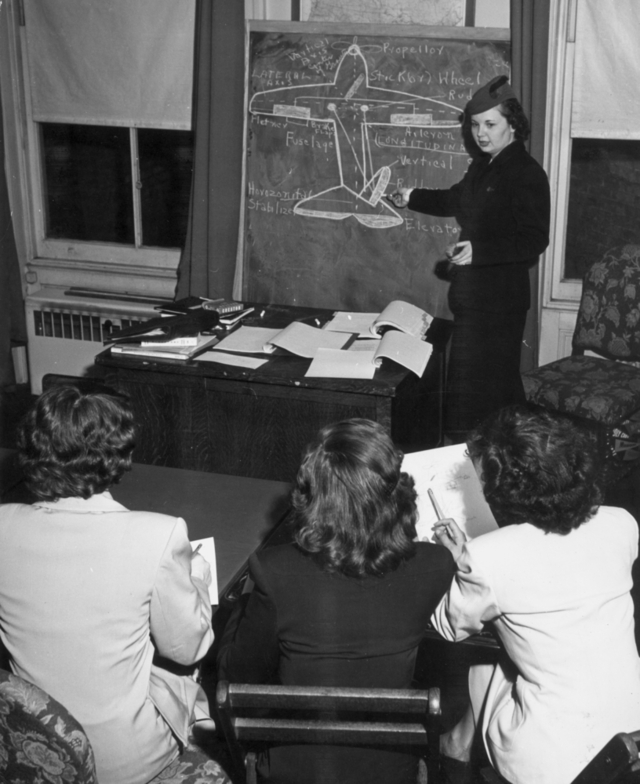
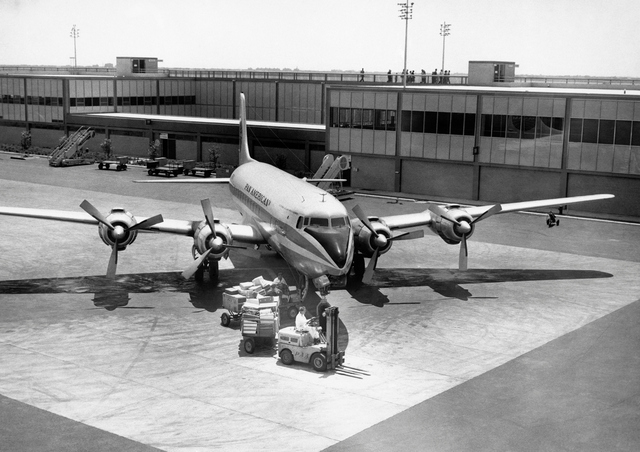
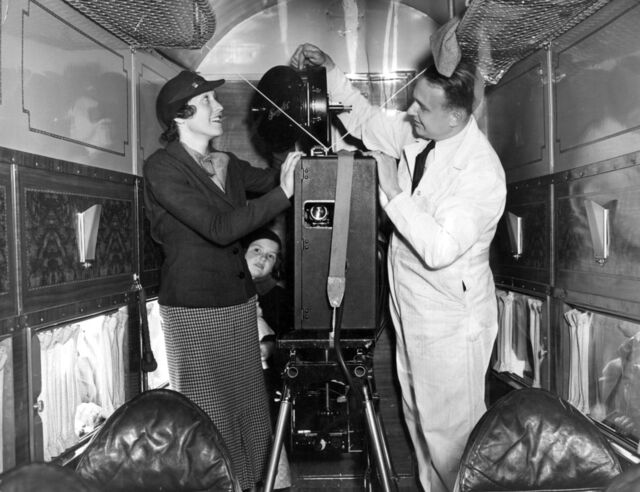
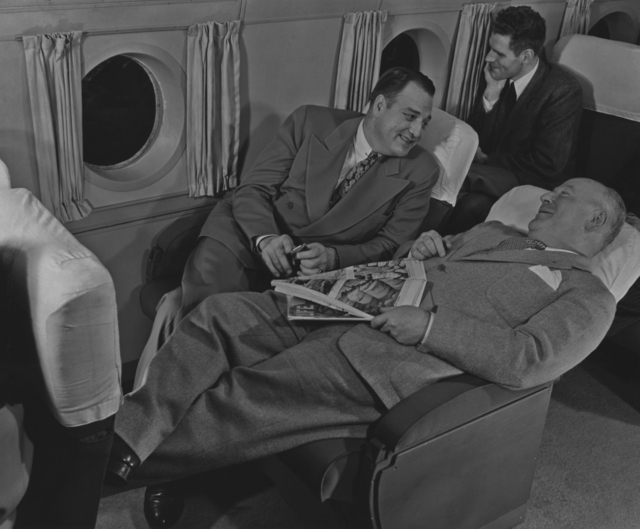
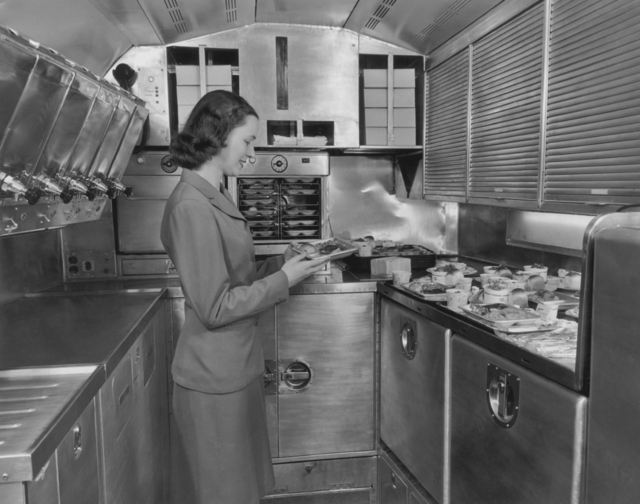
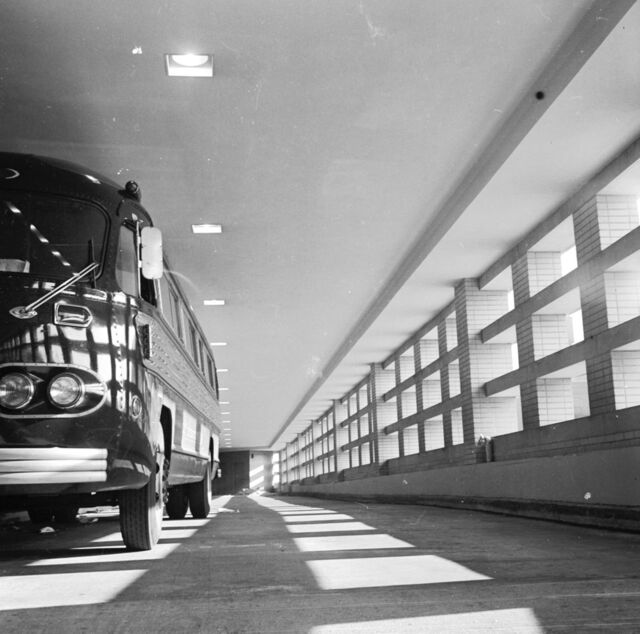

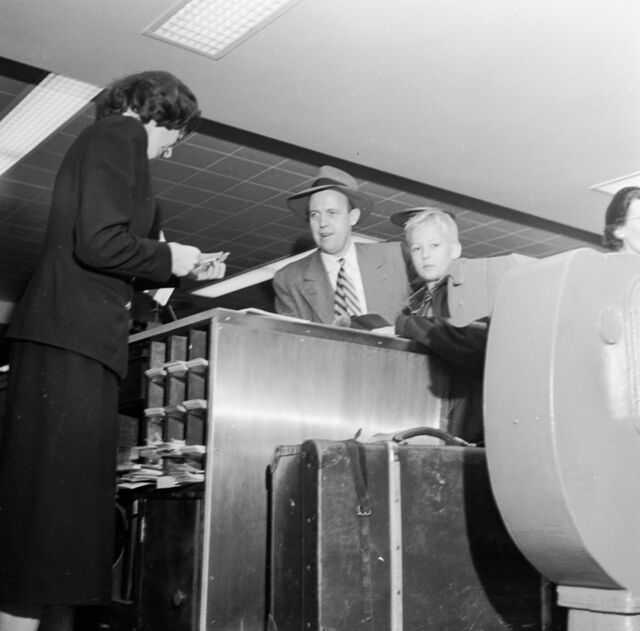
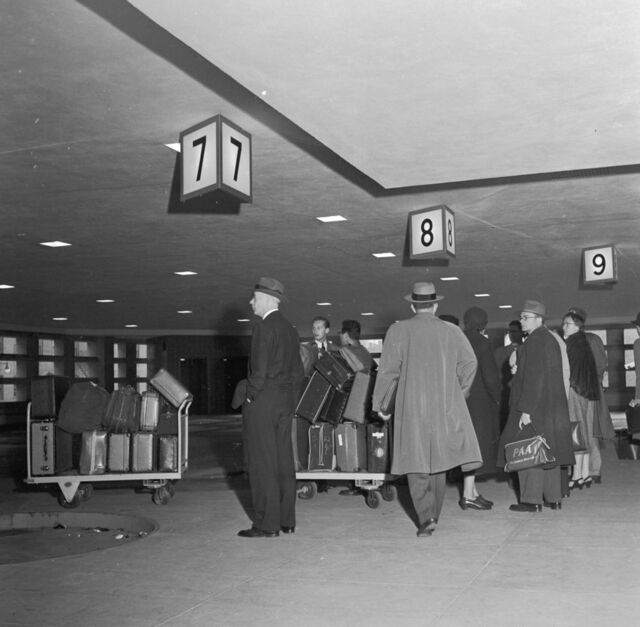
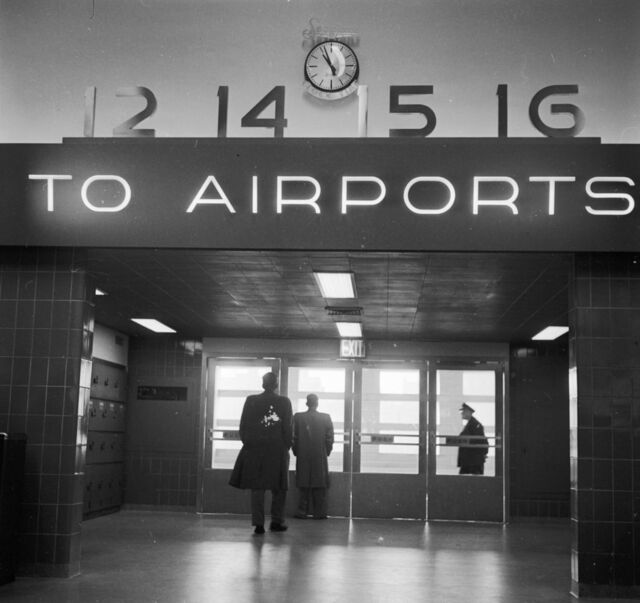
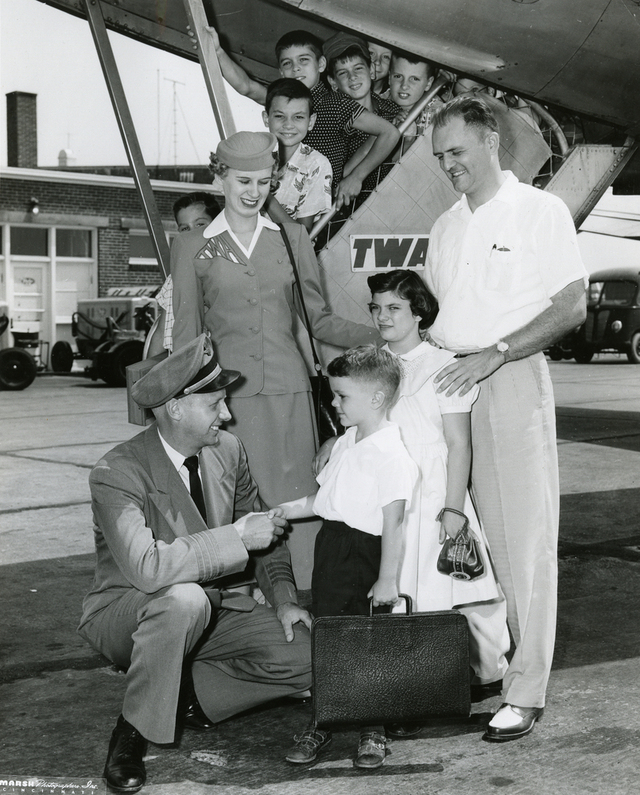
Video
Watch this video, Song of the Clouds, to explore air travel in 1956, from the Shell Historical Film Archive!
Conclusion: The Legacy of the Golden Age of Air Travel
The 1930s to the 1950s represent a time in aviation history when air travel was a glamorous and extraordinary experience. From the early days of open cockpits and the rise of luxurious flying boats to the introduction of jets that would define the future, this period marked the golden age of air travel.
Vintage photographs from this era remind us of a time when flying was a special occasion, and passengers were treated to luxury and comfort that made the journey as memorable as the destination. While air travel has evolved significantly over the decades, the legacy of the golden age continues to influence the industry today, reminding us of a time when aviation was synonymous with elegance, innovation, and adventure.
